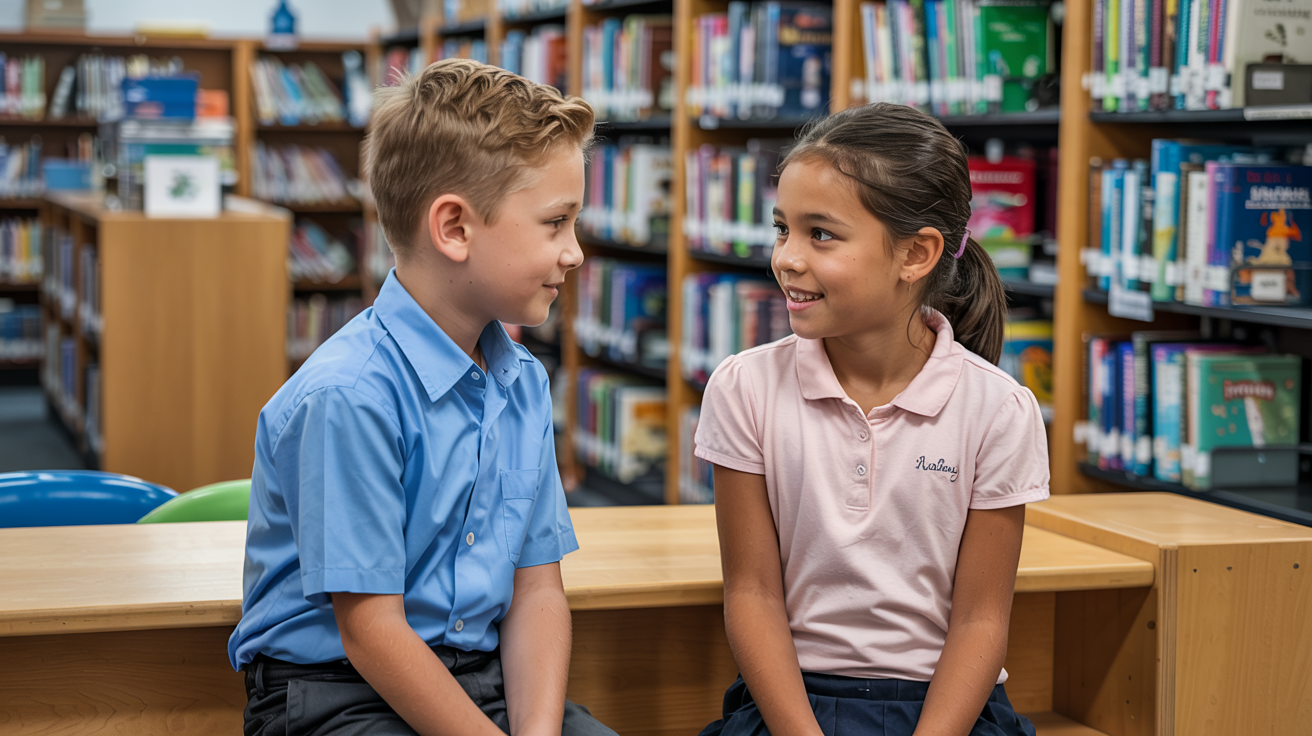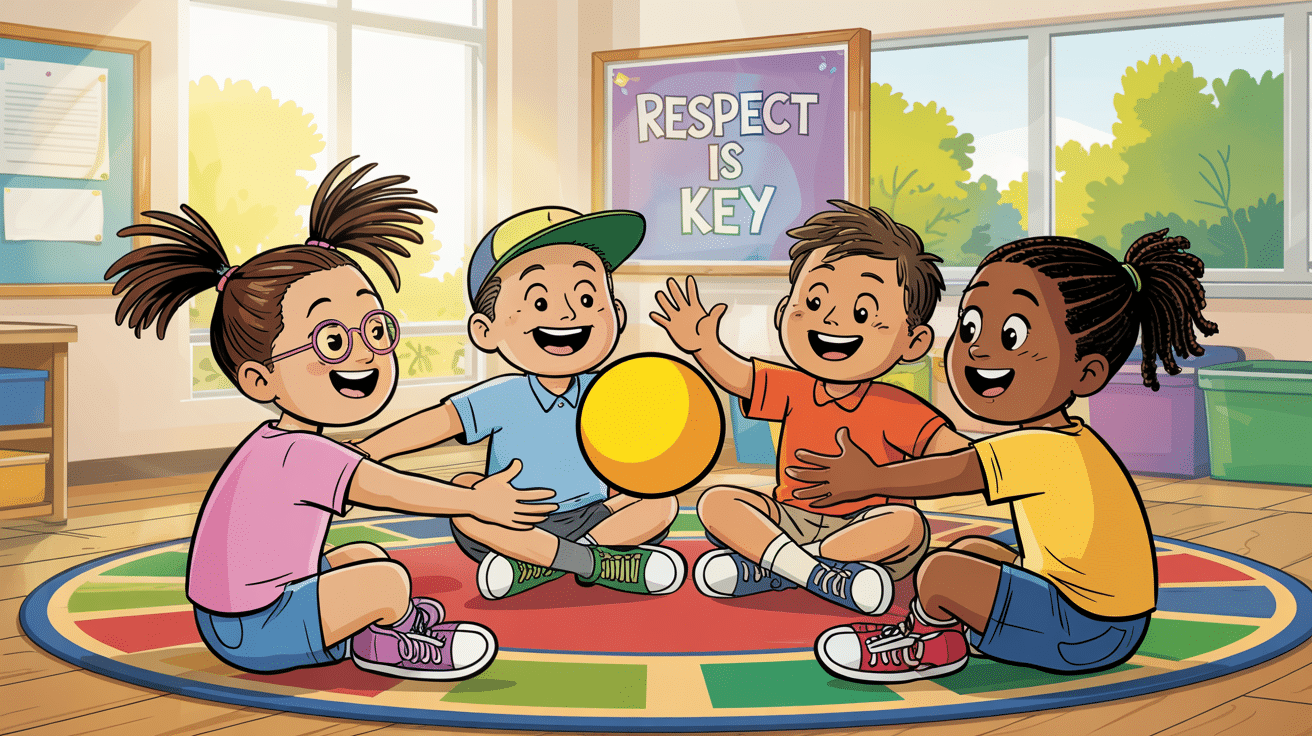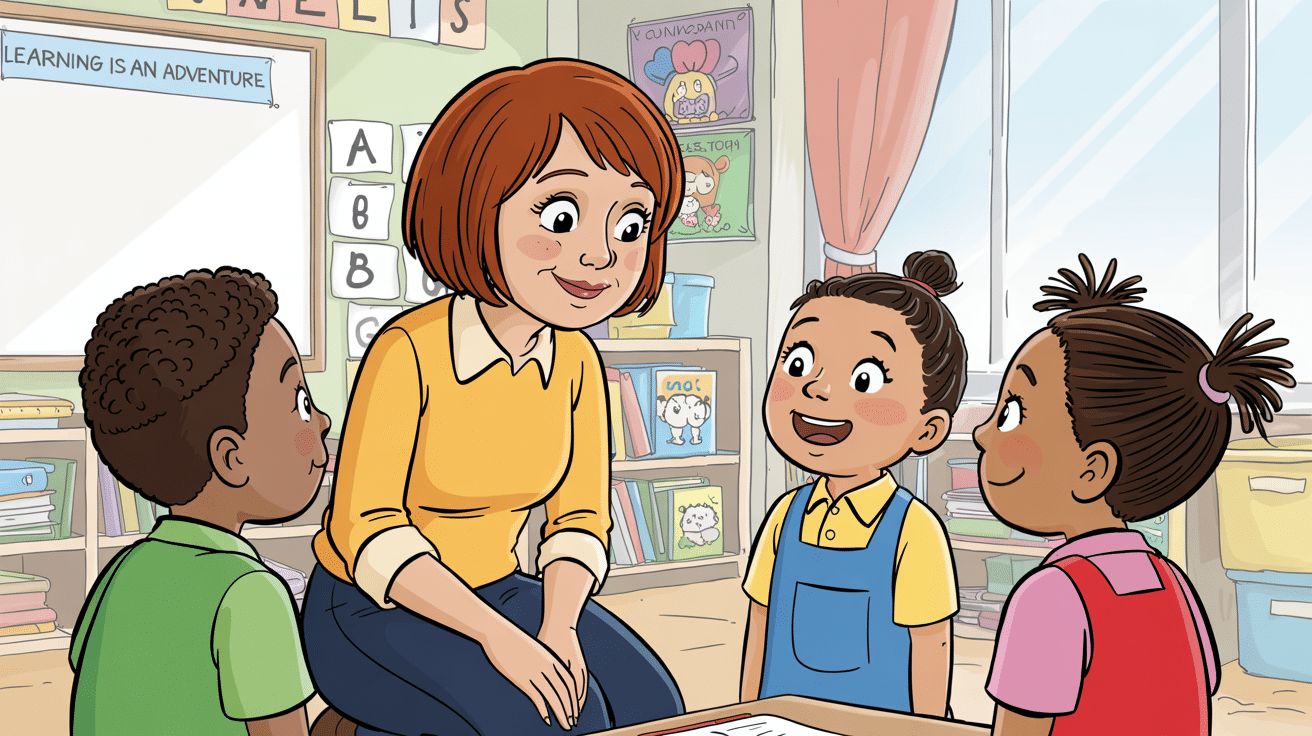Do you notice how some classrooms feel warm and friendly while others seem cold and unfriendly? The difference often comes down to one thing: respect.
Students and teachers who treat each other with kindness create better learning spaces for everyone. But knowing how to show respect isn’t always clear.
Many students struggle with showing respect properly, leading to classroom tension and poor learning outcomes. The good news? Basic respect skills can be learned quickly.
This guide offers 10 ways to show respect in school that work for both students and teachers.
These simple tips will help you build better relationships, improve your school experience, and create a positive classroom environment where everyone can succeed.
Let’s look at how small changes in behavior can make a big difference in your school day.
Why Is Showing Respect Important in School Settings?

Respect forms the foundation of any healthy school environment. When students and teachers value each other, the entire school benefits in multiple ways.
- Better learning outcomes: Students who feel respected pay more attention in class; they ask questions without fear and engage fully with the material.
- Fewer conflicts: Respectful behavior reduces fights and arguments; when people treat each other with consideration, small issues don’t grow into big problems.
- Stronger relationships: Mutual respect builds trust between students and teachers; these bonds create support systems that help everyone succeed during tough times.
- Improved mental health: Students in respectful environments feel less stressed and anxious; they develop confidence and positive self-image when their ideas and feelings are valued.
- Preparation for future success: Learning respect in school teaches skills needed throughout life; employers and colleges look for people who can work well with others and handle themselves properly.
Creating a culture of respect takes effort from everyone, but the rewards make it worthwhile. Small daily acts of consideration build a school community where all members can thrive.
Simple Ways to Show Respect in School for Children

Learning respect helps children build stronger relationships with everyone around them. These 10 ways to show respect in school create a better learning space where all students can feel valued and safe:
Tips for Demonstrating Respect Towards Peers
1. Use proper greetings and names: Say hello to your classmates when you see them in the morning. Call people by their correct names, not nicknames they don’t like. This simple act shows you notice them and care about their identity.
2. Listen without interrupting: When someone is talking, give them your full attention. Wait until they finish before you speak. Good listeners show they value what others have to say, which makes everyone feel important.
3. Share classroom materials: Offer to lend supplies when a classmate needs something. Return borrowed items promptly and in good condition. Sharing shows you understand that everyone deserves access to learning tools.
4. Include others in activities: Invite classmates to join your lunch table or play group. Look for kids who seem left out and welcome them in. Making space for everyone helps build a friendly classroom where no one feels alone.
5. Accept differences: Not everyone thinks, looks, or acts the same way. Avoid making fun of clothes, lunches, accents, or learning styles that differ from yours. When you accept differences, you help create a school where everyone feels they belong.
Ways to Show Respect to Teachers
6. Follow classroom rules: Pay attention to the guidelines your teacher sets for the class. Raise your hand before speaking, stay in your seat when asked, and follow directions promptly. Teachers create rules to help everyone learn better, not to make things hard for you.
7. Be on time and prepared: Arrive to class before the bell rings with all your materials ready. Complete homework assignments by the due date. When you manage your time well, you show teachers you value their lessons and the limited class time available.
8. Say thank you: Express gratitude when teachers help you or teach you something new. A simple “thank you” after class or a note of appreciation makes teachers feel their hard work matters. Teachers put in many hours to plan lessons and grade papers, often outside of school hours.
Essential Acts to Show Respect to Support Staff
9. Greet office staff, custodians, and cafeteria workers: Say hello to the people who keep your school running. Learn their names when possible and use polite words like “please” when asking for help. These staff members work hard behind the scenes and feel good when students notice them.
10. Clean up after yourself: Throw away your trash in the cafeteria, pick up papers from the floor, and wipe your feet on rainy days. This makes less work for the cleaning staff and shows you understand that keeping the school clean is everyone’s job, not just the custodians.
By practicing these 10 ways to show respect in school daily, children develop habits that will serve them well throughout their education and beyond. Small acts of consideration add up to make a big difference in the school community.
Fun Activities to Help Teach Students Respect

Activity 1. The Compliment Circle
This activity teaches students to notice and express positive things about their classmates.
- What you’ll need: A soft ball, chairs arranged in a circle
- No. of students required: 8-30
- Instructions: Students sit in a circle. One student holds the ball and gives a specific compliment to another student before passing the ball to them. Continue until everyone has received at least one compliment. Discuss how it feels to give and receive kind words.
Activity 2. Listening Partners
This exercise helps students practice focused listening, a key part of showing respect.
- What you’ll need: Timer, topic cards
- No. of students required: Any even number
- Instructions: Pair students up. Give one student a topic to speak about for two minutes while their partner listens without interrupting. The listener then summarizes what they heard. Switch roles and repeat with a new topic.
Activity 3. Classroom Constitution
Students create their own rules about respect, giving them ownership of classroom conduct.
- What you’ll need: Large poster paper, markers, sticky notes
- No. of students required: 10-30
- Instructions: Ask students to write what respect means to them on sticky notes. Group similar ideas together. As a class, create five key “laws” of respect everyone agrees to follow. Display the finished constitution on the wall.
Teaching respect through active learning helps students remember and apply these important skills in their daily lives.
Ways Teachers Can Help Students Show Respect in School

Teachers play a key role in building a culture of respect that extends throughout the school community.
- Model respectful behavior: Show students how to act by treating them and your colleagues with courtesy. Students learn more from what they see than what they hear, so demonstrate the same manners you expect from them.
- Set clear expectations: Explain what respect looks like in your classroom at the start of the year. Create rules together with students so they feel ownership of these guidelines.
- Address disrespect immediately: When you see rude behavior, speak to students privately about better choices. Quick, calm correction helps students understand boundaries without public embarrassment.
- Highlight positive examples: Notice when students show good manners and mention it. Simple praise like “I noticed how you helped Alex with his project” reinforces kind actions.
- Use role-play activities: Let students practice respectful responses to tough situations. Role-play helps them build skills for real-life challenges before they happen.
- Involve parents as partners: Share your respect goals with families and ask for their support. When school and home work together, students receive consistent messages about proper behavior.
Creating a respectful classroom takes daily effort, but the positive environment you build will support both academic growth and character development.
Wrapping It Up
Respect forms the building blocks of positive school communities. Throughout this guide, we’ve looked at ten simple ways students can show respect to peers, teachers, and support staff.
These small acts create big changes in how a school feels and functions.
When students and teachers practice respect daily, schools become places where real learning happens. Everyone benefits from fewer conflicts, better communication, and stronger relationships.
Parents and teachers should work together to help children develop these skills early. The activities shared here offer practical ways to make respect a natural part of school life.
Ready to create a more respectful school environment? Start by choosing just one respect strategy from this guide to practice tomorrow. Share this blog with other parents and teachers who want to build kinder classrooms for all students!















